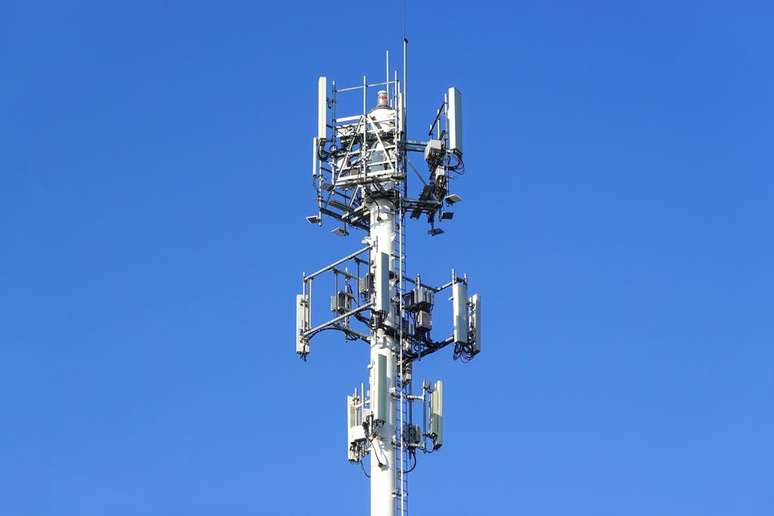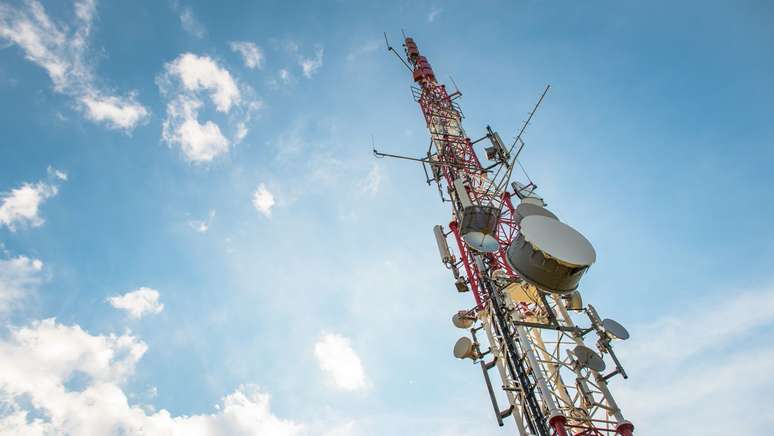Anatel releases 5G in 236 municipalities from 05/27, focusing on the 3.5 GHz band, after adaptations to avoid interference with open TV
Another 236 Brazilian municipalities are about to enter the 5G era, with the availability of the 3.5 GHz band technology. From this Monday (27th), telecommunications operators who have purchased lots on this frequency will be able to apply Anatel the licensing and activation of 5G stations in these cities.
- Anatel changes definition of short calls to curb abusive calls
- Anatel authorizes testing of satellite mobile Internet in Brazil
With these new releases, the total number of municipalities with the 3.5 GHz band available for 5G will reach 4,134, covering approximately 88.6% of the country’s population, which is equivalent to over 189 million Brazilians.
5G activation
Although telecom operators are allowed to install their own 5G antennas in these cities, only 463 of them (around 11.19%) already have at least one fifth-generation station. This is due to the economic analysis carried out by service providers, who take into account factors such as the number of users with 5G mobile phones before investing in network expansion.
The new locations capable of receiving 5G infrastructure include the municipalities of Paraíba (140), Tocantins (54), Rondônia (39) and Minas Gerais (3). With this expansion, there are now 15 Brazilian states with 100% of their municipalities covered by 5G. Only Minas Gerais, Mato Grosso do Sul, Goiás, Acre, Amazonas, Pará, Piauí, Bahia, Ceará, Rio Grande do Norte and Pernambuco have not yet reached this milestone.

The 3.5 GHz frequency band plays a key role in the implementation of 5G due to its technical characteristics. This band offers an ideal combination of high-speed data transmission capacity and signal range, making it suitable to support the demands of advanced 5G applications such as virtual reality, Internet of Things (IoT) and autonomous vehicles.
However, before being released for 5G, the 3.5 GHz band underwent an adaptation and preparation process. This included measures to prevent harmful interference between mobile phone networks and other communications systems operating on nearby frequencies. Furthermore, adjustments were made to existing infrastructures to ensure compatibility with the new use of the frequency band.
One of the challenges faced during this process was the issue of interference with the open television signal transmitted through satellite dishes. To mitigate this problem, measures have been taken such as migrating television signal reception from satellite C-band to Ku-band and installing filters to mitigate interference at all affected Fixed Satellite Service (FSS) stations.
These measures aim to ensure that the deployment of 5G in the 3.5 GHz band does not negatively impact the population’s access to free-to-air TV signals, while at the same time enabling the expansion of the high-speed connectivity offered by 5G across the country . . The ultimate goal is to provide a more advanced and efficient wireless communication experience, contributing to Brazil’s socioeconomic and technological development.
Trends on Canaltech:
- The 20 best horror films of the new generation
- The 50 funniest Google Assistant jokes
- The startup believes in head transplant; It will be possible?
- 5 free AIs to create the voice
- Earth’s “sister” planet has discovered that it could be habitable
- ASUS launches ROG NUC, super powerful laptop PC with RTX 4070
Source: Terra
Rose James is a Gossipify movie and series reviewer known for her in-depth analysis and unique perspective on the latest releases. With a background in film studies, she provides engaging and informative reviews, and keeps readers up to date with industry trends and emerging talents.







